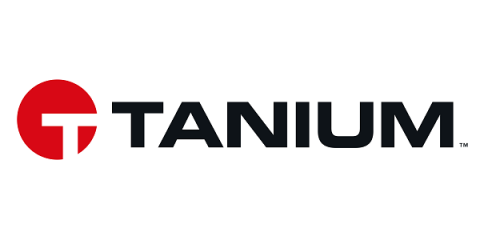Forrester Study: BlueVoyant MDR Delivered a 210% Return on Investment for Clients Through Effective Threat Detection and Response, Optimized SecOps Spending, and Reduced Breach Incidence
Organizations’ security operations (SecOps) programs are under increased pressure due to more sophisticated threats, a continually expanding attack surface, and strained internal resources. To help solve these challenges, BlueVoyant MDR delivers 24x7 threat monitoring, detection, hunting, and response powered by advanced automation and human expertise.











